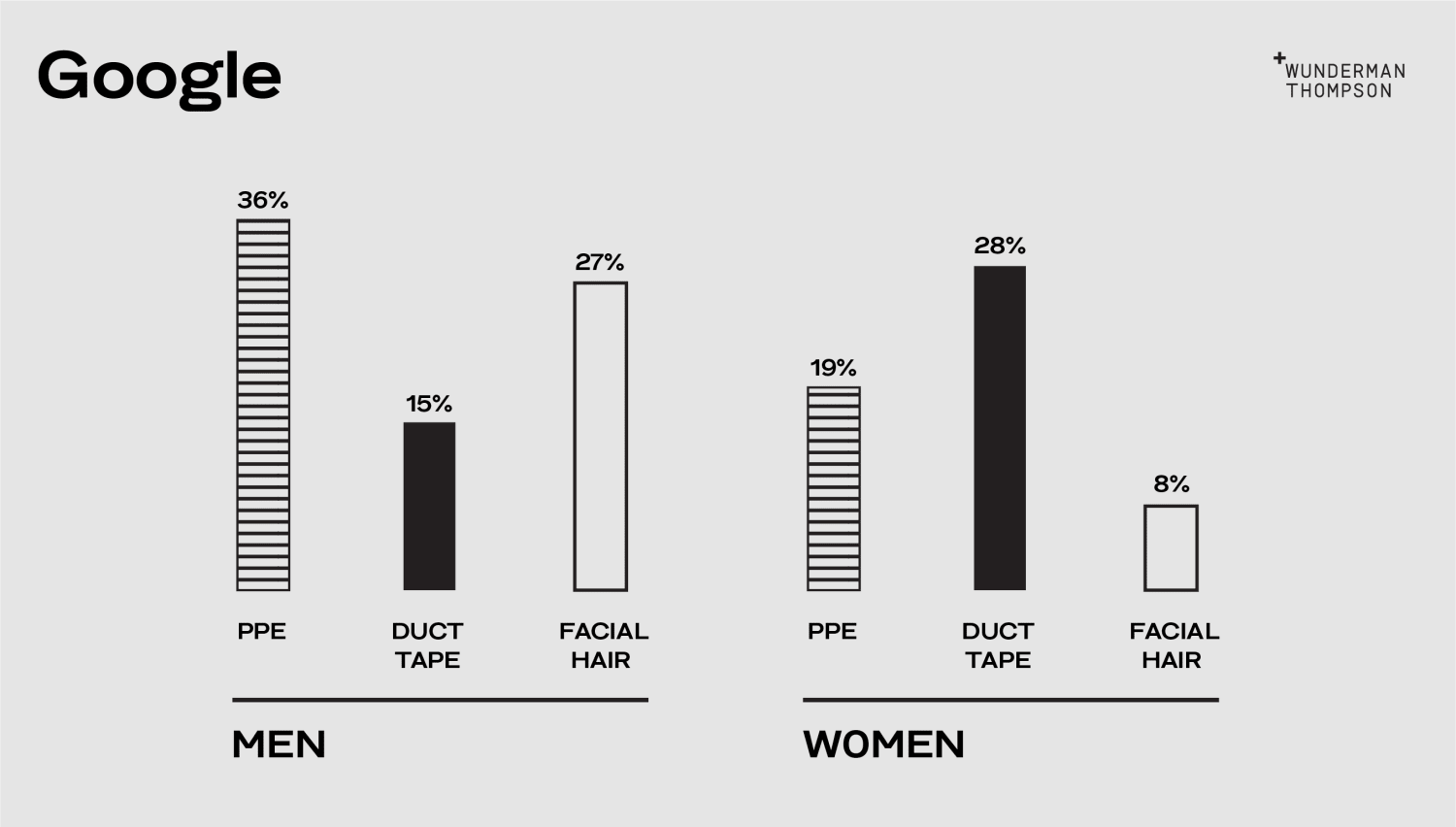Addressing AI Bias from Online Images
Biased online images influence AI to see women as younger and less experienced, reflecting and perpetuating societal biases. Addressing this requires diverse data.

Addressing AI Bias from Online Images
The increasing reliance on artificial intelligence (AI) for image processing and interpretation has highlighted a critical issue: biased online images are influencing AI systems to perceive women as younger and less experienced. This phenomenon not only reflects existing societal biases but also perpetuates them, impacting how AI models understand and represent women in various contexts.
The Problem of Biased Training Data
AI systems are trained on vast amounts of data, much of which is sourced from the internet. This data often includes images that reflect traditional gender stereotypes and biases. For instance, text-to-image models have been shown to reinforce gender roles, portraying women predominantly in care and human-centered scenarios, while men are depicted in technical or physical labor roles. This bias in training data can lead AI systems to misinterpret or misrepresent women, reinforcing age and experience stereotypes.
Impact on AI Perception
The bias in online images affects how AI models perceive and categorize individuals. For example, AI-based gender classification systems have been found to have higher error rates for darker-skinned women compared to lighter-skinned women, indicating a racial bias in addition to gender bias. This not only highlights the need for diverse and representative training data but also underscores the potential for AI systems to perpetuate existing social inequalities.
Tackling Gender Bias in AI
Efforts to address gender bias in AI involve creating more inclusive and diverse datasets and implementing strategies to detect and mitigate biases in AI systems. UNESCO's Red Teaming Playbook provides a practical guide for testing AI systems for gender bias and preventing technology-facilitated gender-based harms. Additionally, research in AI art has shown how AI platforms can perpetuate biases in portraying specific groups, such as Muslim women, by inaccurately depicting their clothing.
Context and Implications
The issue of biased online images training AI systems has significant implications for various fields, including healthcare and education. In healthcare, AI systems trained on biased data can exacerbate existing disparities in women's health by misdiagnosing conditions that disproportionately affect women or by failing to recognize unique health patterns. In education and employment, AI-driven tools might reinforce stereotypes about women's capabilities and age, influencing opportunities and perceptions.
Mitigation Strategies
To mitigate these biases, several strategies are being explored:
- Diverse and Representative Data: Ensuring that training datasets are diverse and representative of all genders, ages, and ethnicities is crucial. This involves collecting data from a wide range of sources and actively seeking out underrepresented groups.
- Bias Detection and Correction: Implementing tools and methods to detect and correct biases during AI development can help reduce the impact of biased training data.
- Transparency and Accountability: Encouraging transparency in AI development and holding developers accountable for the fairness of their systems can motivate the creation of more equitable AI models.
Industry Impact and Future Directions
The impact of biased online images on AI systems is not limited to perception and representation; it also affects the broader industry. As AI becomes more integrated into healthcare, finance, and education, the need for unbiased AI systems becomes increasingly urgent. The future of AI development will likely focus on creating more inclusive and equitable systems, leveraging advancements in data collection, bias detection, and mitigation strategies.
In conclusion, the challenge of biased online images training AI systems is a complex issue that requires a multifaceted approach. By understanding the sources of these biases and implementing effective mitigation strategies, we can work towards creating AI systems that are fair, inclusive, and beneficial for all.



